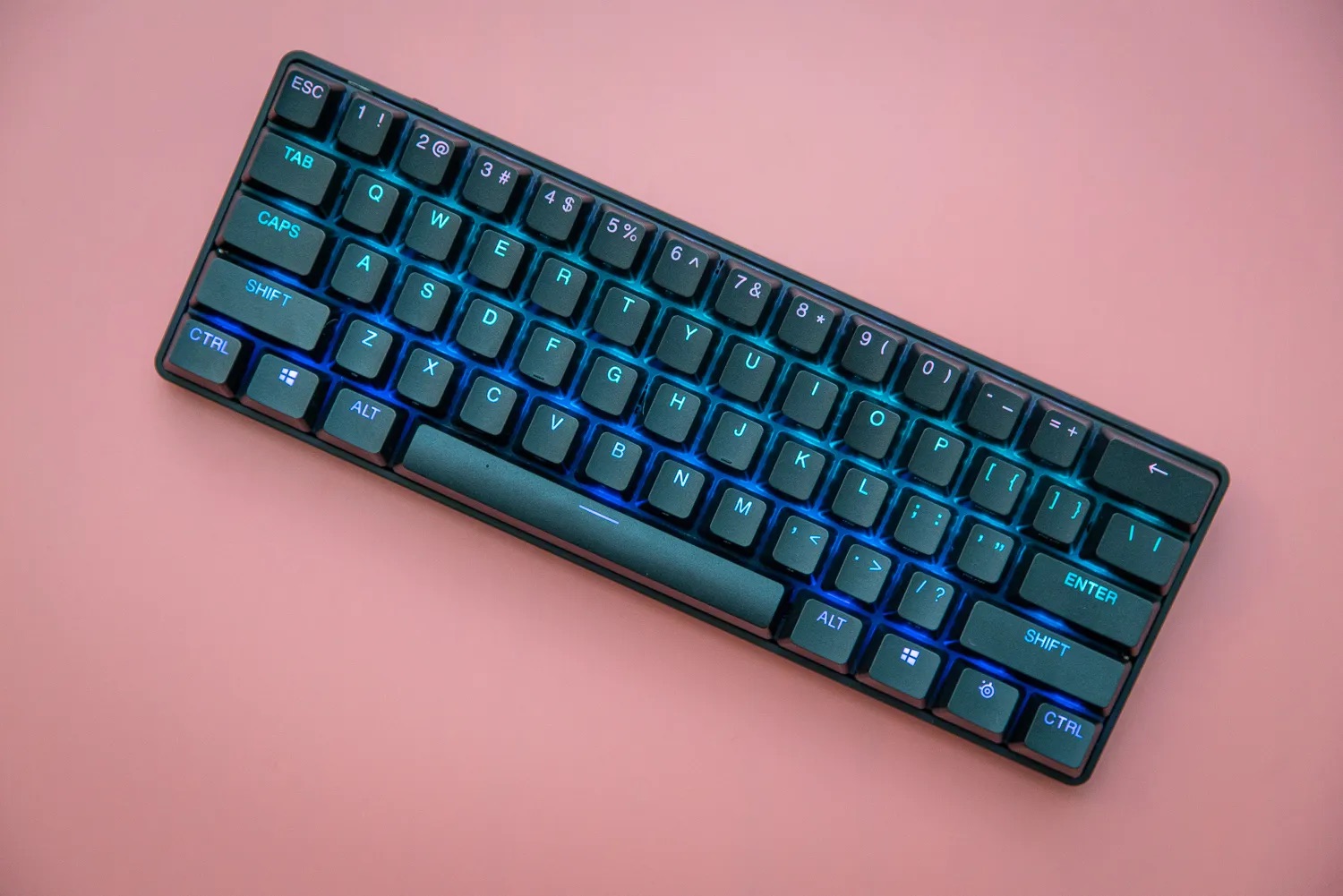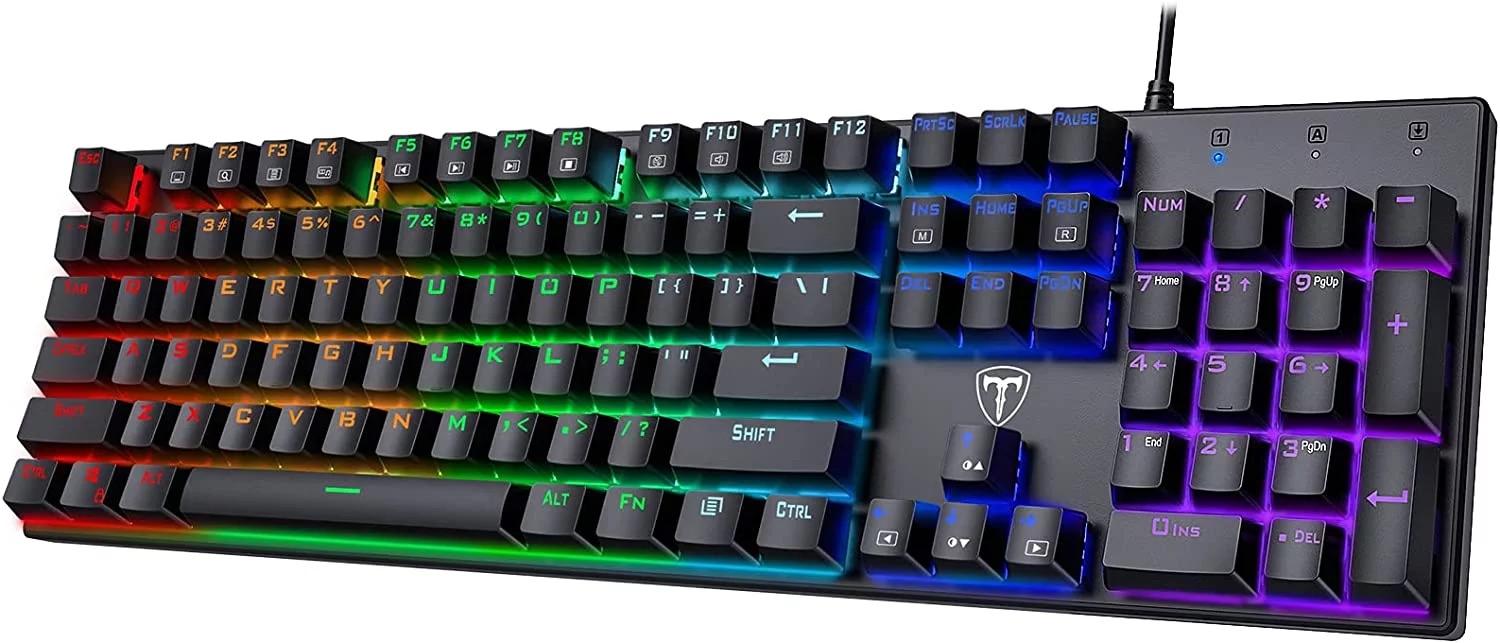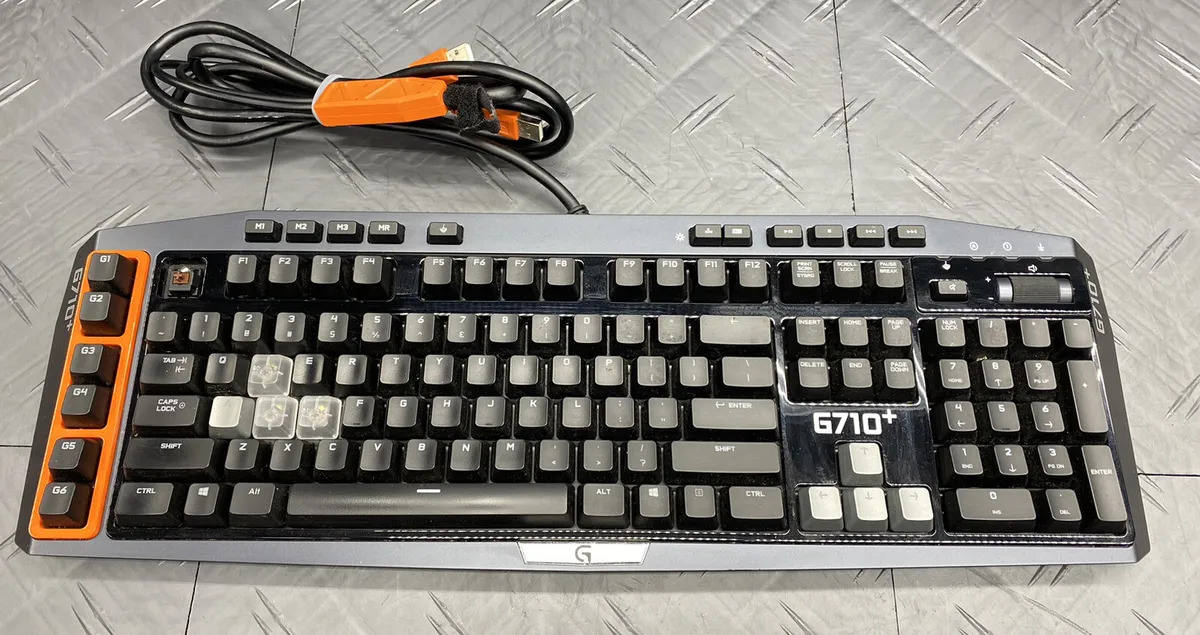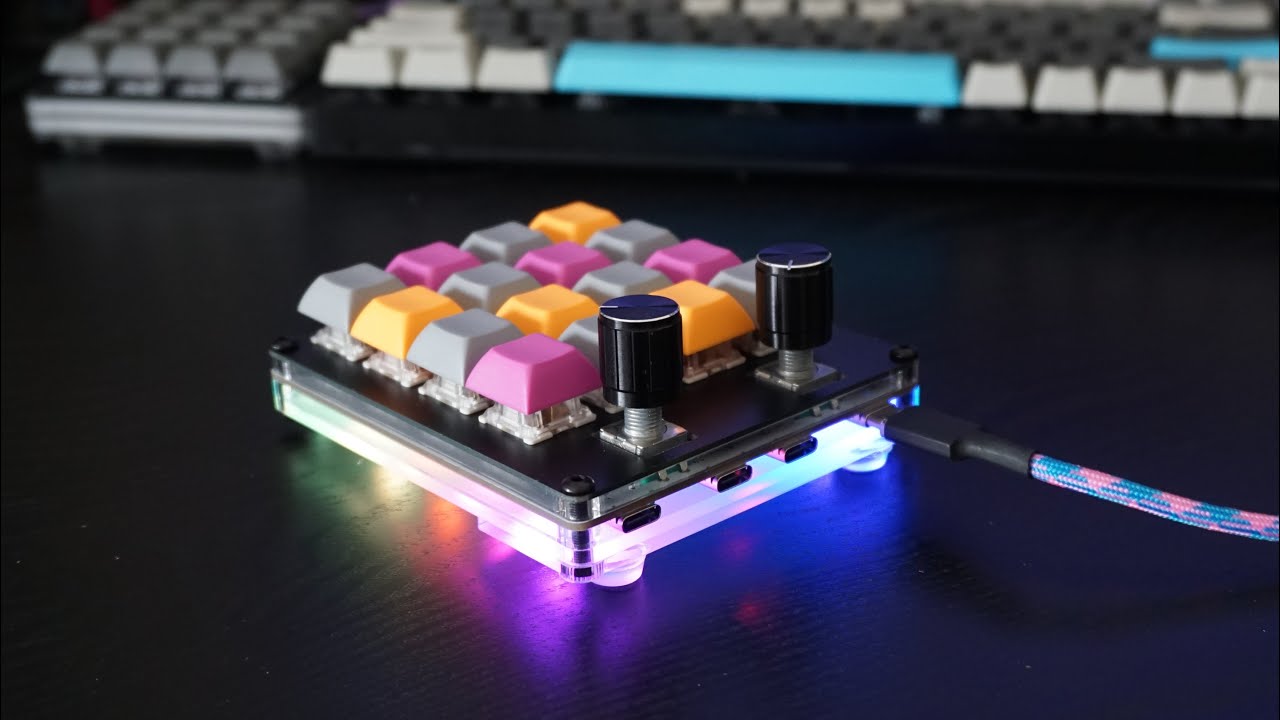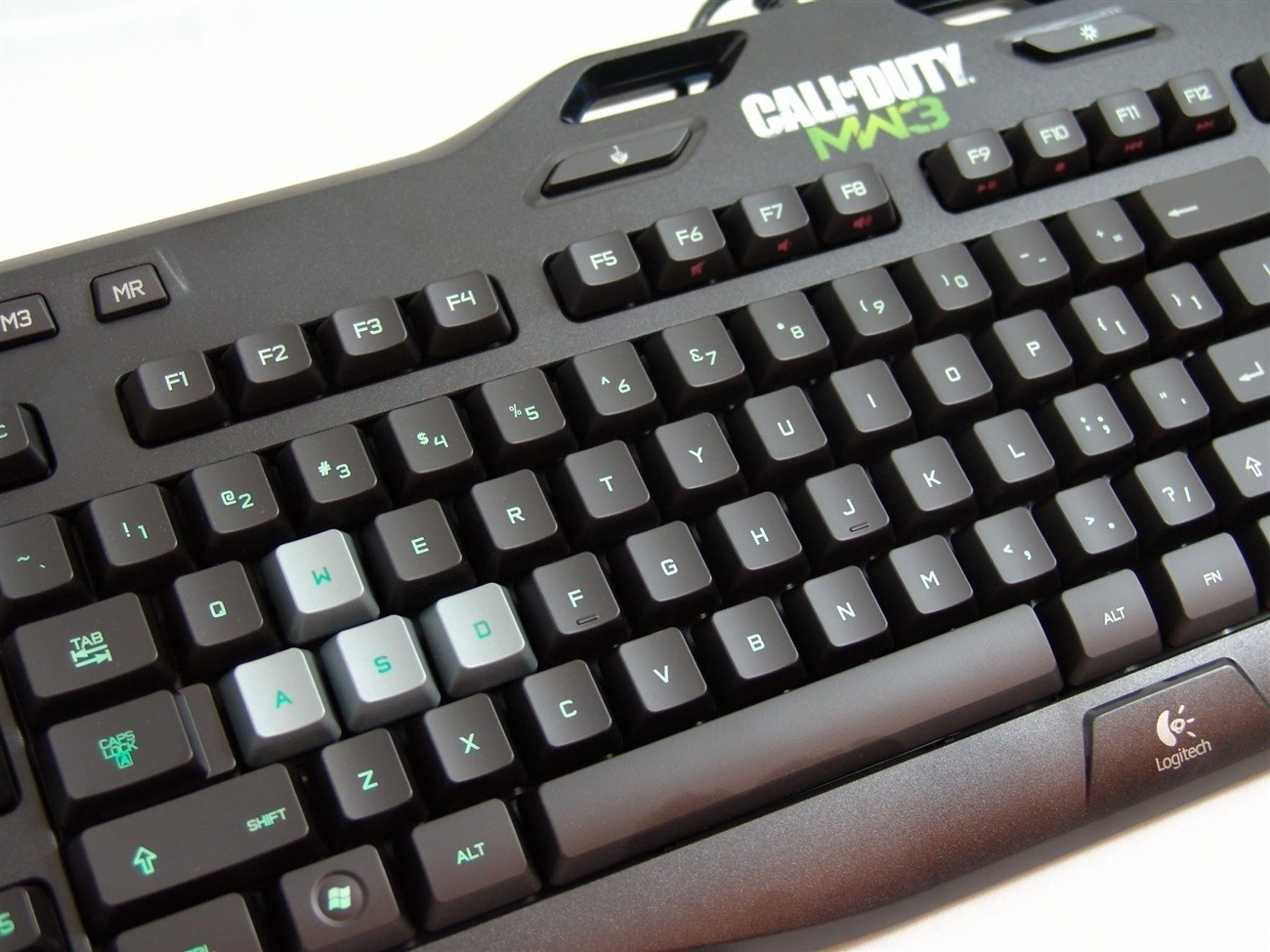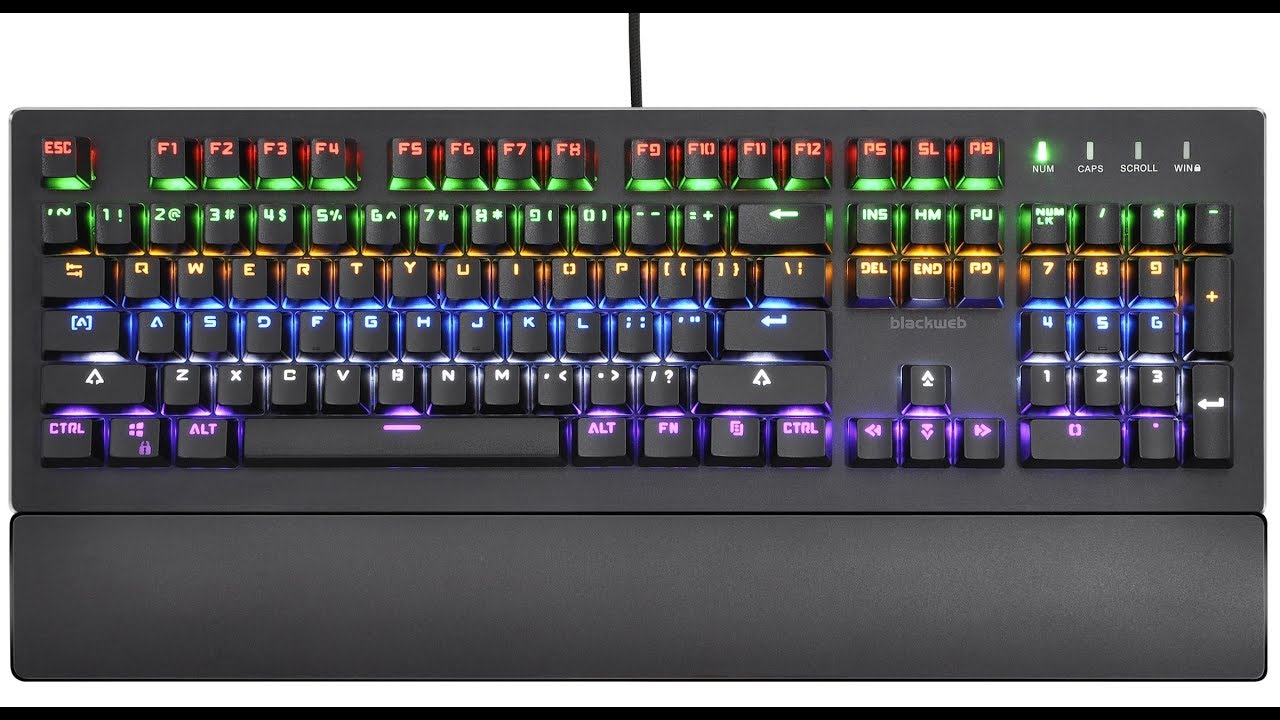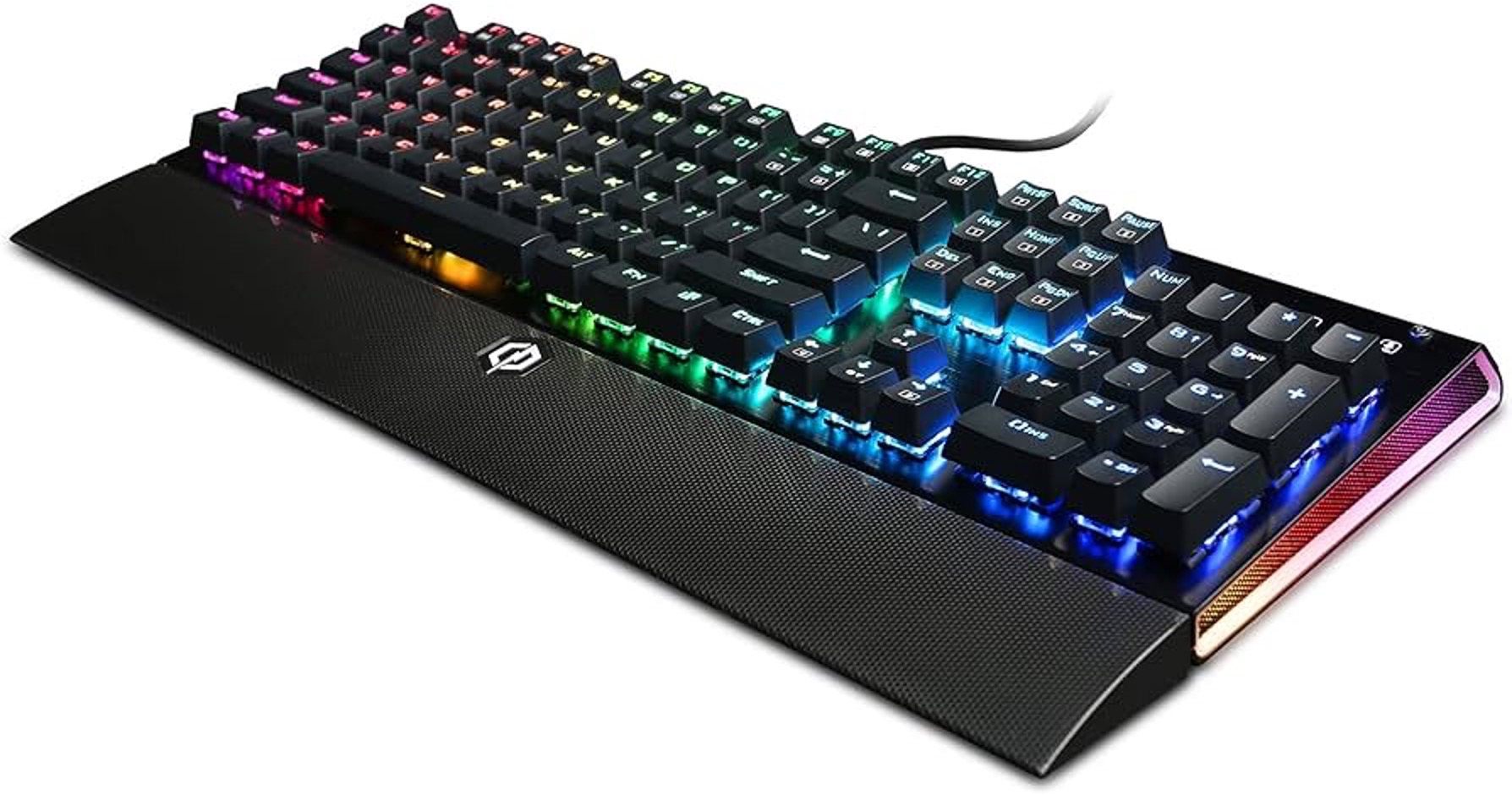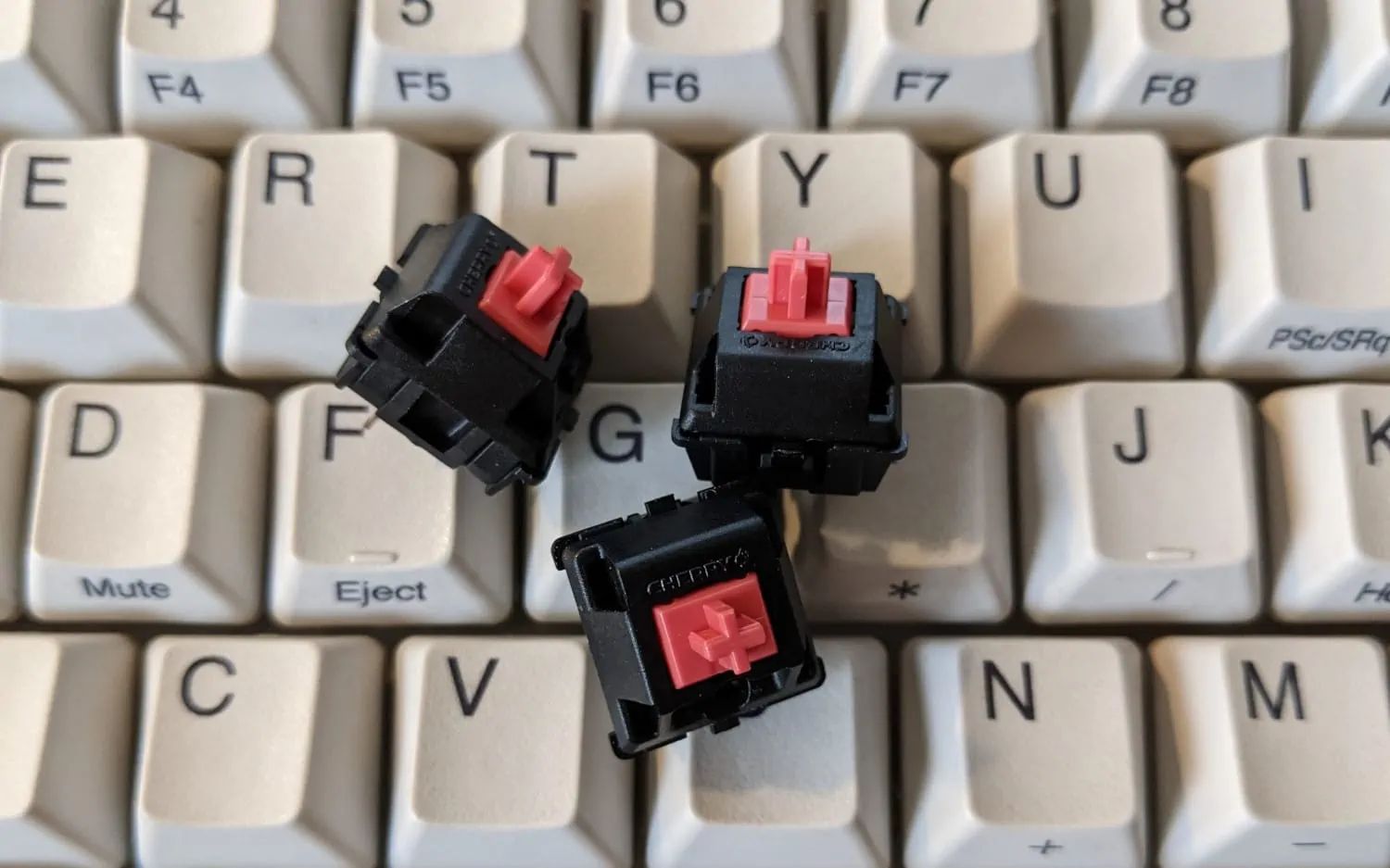Introduction
Gaming keyboards are essential tools for competitive gamers, offering customizable features to enhance performance. One such feature is the ability to adjust the timing of keystrokes, allowing players to fine-tune their keyboard's responsiveness to suit their gaming style. Understanding and effectively changing keystroke timing can significantly impact a gamer's experience, providing a competitive edge in fast-paced gaming scenarios.
In this detailed guide, we will explore the intricacies of keystroke timing on gaming keyboards and provide step-by-step instructions for modifying these settings. Whether you're a seasoned gamer looking to optimize your keyboard for maximum performance or a novice seeking to delve into the world of customizable gaming peripherals, this guide will equip you with the knowledge and skills to make informed adjustments to your gaming keyboard's keystroke timing.
By delving into the technical aspects of keystroke timing and offering practical insights into customization, this guide aims to empower gamers to tailor their gaming experience to their unique preferences. With a focus on clarity and accessibility, we will navigate through the process of adjusting keystroke timing, ensuring that readers can easily grasp the concepts and implement the recommended changes on their gaming keyboards.
Join us on this journey to unlock the potential of your gaming keyboard as we unravel the nuances of keystroke timing and equip you with the tools to optimize your gaming performance. Let's dive into the world of gaming keyboard customization and discover how adjusting keystroke timing can elevate your gaming experience to new heights.
Understanding Keystroke Timing
Keystroke timing refers to the interval between pressing a key and the corresponding action being executed on the computer screen. In the context of gaming, precise timing is crucial for executing complex maneuvers, activating abilities, and responding swiftly to in-game events. Understanding keystroke timing involves delving into the mechanisms that govern the responsiveness of a gaming keyboard, as well as the factors that influence the speed and accuracy of keystroke registration.
When a key is pressed on a gaming keyboard, the keystroke is registered by the keyboard’s controller, which then sends the corresponding signal to the computer. The timing of this process is influenced by various factors, including the keyboard’s hardware, firmware, and software settings. These factors collectively determine the latency, or delay, between pressing a key and the action being executed in the game.
Furthermore, keystroke timing can be impacted by the actuation point of the keys, which is the distance the key must travel to register a keystroke. Some gaming keyboards feature adjustable actuation points, allowing users to customize the point at which a keystroke is registered. This customization can have a significant impact on the overall responsiveness of the keyboard, enabling gamers to fine-tune the timing of their keystrokes to suit their preferences.
Understanding keystroke timing also involves recognizing the distinction between analog and digital input. While traditional keyboards register digital input, some gaming keyboards offer analog capabilities, allowing for more nuanced control based on the pressure applied to the keys. This distinction is essential in comprehending the intricacies of keystroke timing and the potential for customization offered by advanced gaming keyboards.
By grasping the fundamental principles of keystroke timing and the factors that influence it, gamers can gain insight into the mechanisms that underpin their keyboard’s responsiveness. This understanding forms the foundation for making informed adjustments to keystroke timing, ultimately enhancing the gaming experience and enabling players to perform at their best in competitive gaming environments.
Changing Keystroke Timing on a Gaming Keyboard
Modifying keystroke timing on a gaming keyboard involves adjusting various settings to optimize the responsiveness and actuation of the keys. While the specific customization options may vary depending on the make and model of the keyboard, several common methods can be employed to fine-tune keystroke timing and enhance the gaming experience.
One of the primary ways to change keystroke timing is through the keyboard’s firmware or software settings. Many gaming keyboards are equipped with proprietary software that allows users to customize key response times, actuation points, and debounce settings. By accessing the keyboard’s configuration software, gamers can adjust these parameters to achieve the desired keystroke timing, tailoring the keyboard’s performance to their individual preferences.
Additionally, some gaming keyboards feature dedicated macro keys that can be programmed to execute complex sequences of keystrokes with precise timing. By leveraging macro functionality, gamers can streamline their actions and ensure optimal timing for in-game maneuvers, granting them a competitive advantage in fast-paced gaming scenarios.
Furthermore, certain advanced gaming keyboards offer adjustable actuation points, enabling users to modify the distance at which a keystroke is registered. This feature allows for fine-tuned control over keystroke timing, empowering gamers to customize the keyboard’s responsiveness to align with their preferred gaming style and requirements.
Another method for changing keystroke timing involves utilizing third-party software or scripts that provide additional customization options beyond those offered by the keyboard’s native software. These tools can enable users to exert more granular control over keystroke timing, allowing for precise adjustments to optimize the keyboard’s performance for gaming purposes.
It is important to note that when making changes to keystroke timing, users should carefully test and calibrate the adjustments to ensure that the keyboard’s performance aligns with their expectations. By iteratively refining the keystroke timing settings and evaluating the impact on gaming performance, users can achieve an optimal configuration that enhances their gaming experience.
Testing and Adjusting the Timing
Once keystroke timing adjustments have been made on a gaming keyboard, thorough testing and calibration are essential to ensure that the changes align with the user’s gaming requirements. Testing the timing involves assessing the responsiveness, accuracy, and consistency of keystroke registration, allowing users to fine-tune the settings to achieve optimal performance.
One method for testing and adjusting keystroke timing is to engage in gameplay scenarios that demand precise and rapid keystroke execution. This could involve playing fast-paced games that require quick reflexes and intricate key combinations, allowing users to gauge the keyboard’s responsiveness in real-world gaming situations. By observing the impact of the timing adjustments on gameplay performance, users can iteratively refine the settings to achieve the desired level of responsiveness.
Furthermore, users can employ software tools that provide real-time feedback on keystroke timing, enabling them to monitor the latency and actuation of keys as they interact with the keyboard. These tools can offer valuable insights into the effectiveness of the timing adjustments and assist users in making informed refinements to optimize the keyboard’s performance.
In addition to in-game testing, users can perform controlled typing exercises to evaluate the tactile feedback, actuation point, and consistency of keystroke timing across different keys. This approach allows for a comprehensive assessment of the keyboard’s performance in various scenarios, ensuring that the timing adjustments cater to both gaming and general usage requirements.
Moreover, seeking feedback from other users or gaming communities can provide valuable perspectives on the effectiveness of the timing adjustments. Engaging in discussions and sharing experiences with fellow gamers can offer insights into alternative approaches to keystroke timing customization and help users refine their settings based on collective expertise and recommendations.
By methodically testing and adjusting the timing, users can iteratively refine the keystroke settings to achieve an optimal configuration that enhances gaming performance and aligns with their specific gaming style and preferences. This iterative approach to testing and calibration ensures that the timing adjustments are tailored to the user’s unique requirements, ultimately elevating the gaming experience and providing a competitive edge in gaming environments.
Conclusion
Understanding and modifying keystroke timing on a gaming keyboard is a pivotal aspect of customizing the gaming experience to suit individual preferences and performance requirements. By delving into the intricacies of keystroke timing and exploring the methods for adjusting these settings, gamers can unlock the full potential of their gaming keyboards and enhance their competitive edge in gaming environments.
Throughout this guide, we have elucidated the significance of keystroke timing in gaming, emphasizing the impact of precise timing on executing complex maneuvers, activating abilities, and responding swiftly to in-game events. The ability to customize keystroke timing empowers gamers to tailor their keyboard’s responsiveness to align with their unique gaming style, ultimately optimizing their performance in competitive gaming scenarios.
From understanding the fundamental principles of keystroke timing to exploring the methods for changing and testing the timing adjustments, this guide has provided a comprehensive roadmap for gamers to navigate the realm of keyboard customization. By leveraging firmware settings, macro functionality, adjustable actuation points, and third-party tools, users can exert granular control over keystroke timing, ensuring that their gaming keyboards are finely tuned to their specifications.
It is essential to approach the process of adjusting keystroke timing with a methodical and iterative mindset, testing and refining the settings to achieve an optimal configuration that enhances gaming performance. By engaging in real-world gameplay testing, utilizing software tools for feedback, and seeking insights from the gaming community, users can fine-tune their keystroke timing to achieve superior responsiveness and accuracy.
In conclusion, the ability to change keystroke timing on a gaming keyboard is a valuable asset for gamers seeking to elevate their gaming experience. By harnessing the insights and techniques presented in this guide, gamers can embark on a journey of customization, unlocking the full potential of their gaming keyboards and gaining a competitive advantage in the dynamic and fast-paced world of gaming.







